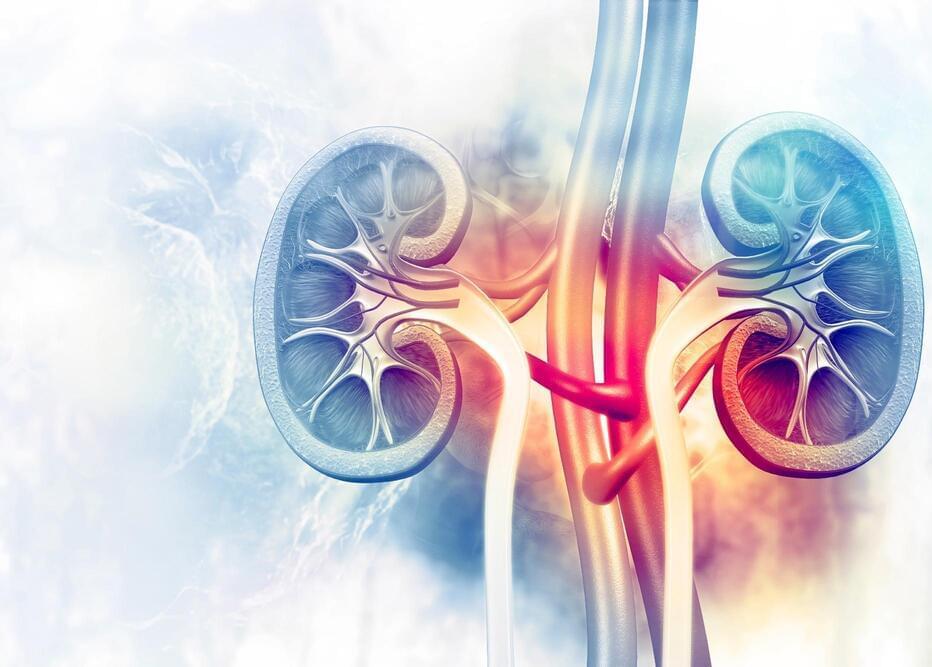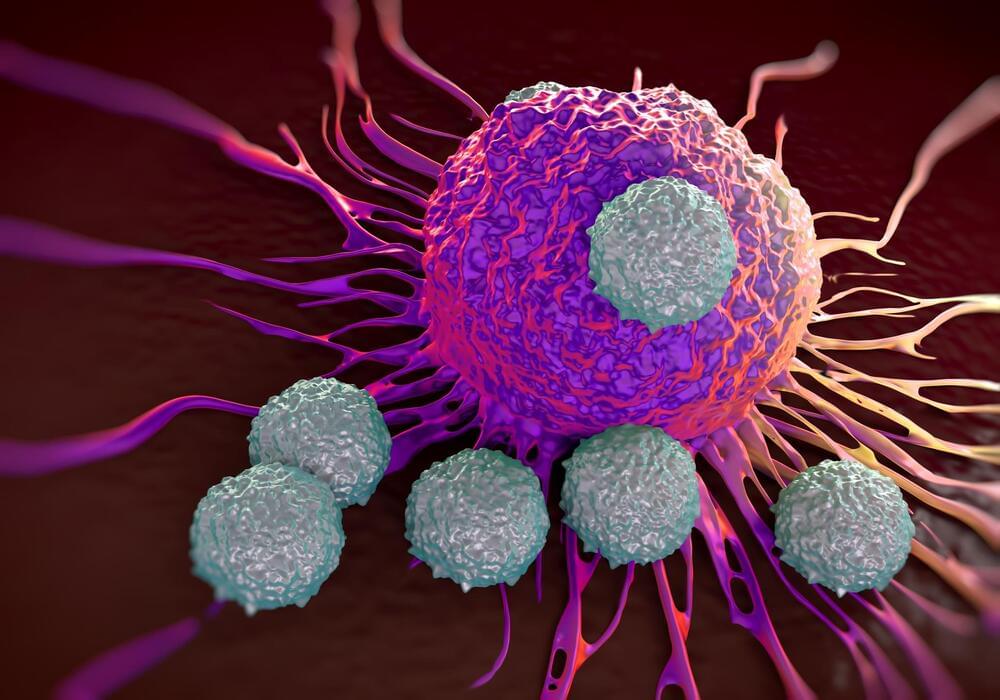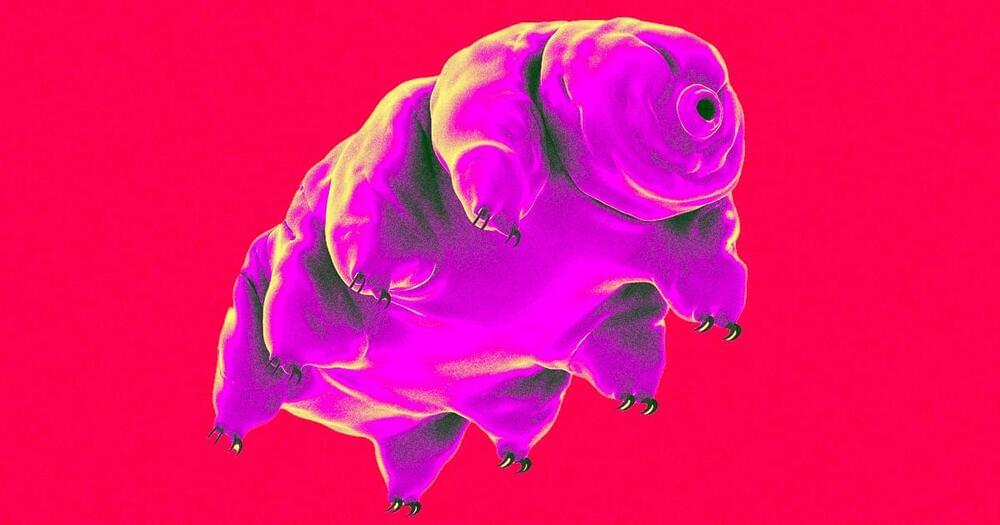South Korean researchers have maintained plasma temperatures of 100 million degrees Celsius for 48 seconds inside a tokamak fusion reactor.







For several years, Jimo Borjigin, a professor of neurology at the University of Michigan, had been troubled by the question of what happens to us when we die.
New research into the dying brain suggests the line between life and death may be less distinct than previously thought by Alex Blasdel.



